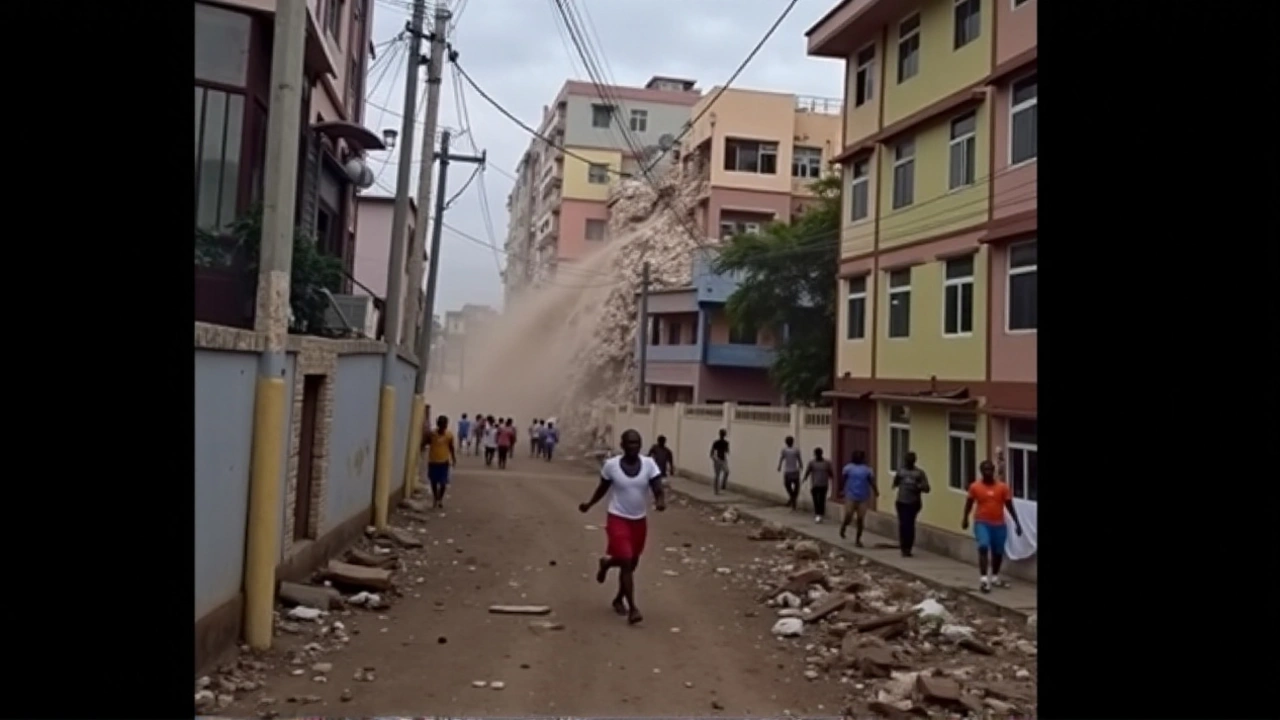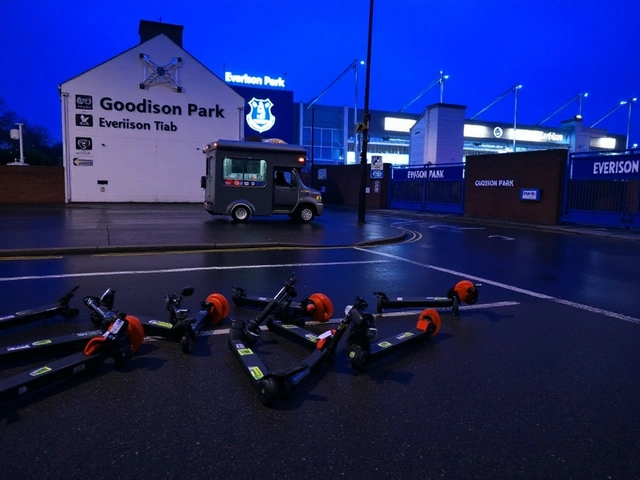Building Collapse: What You Need to Know and How to Stay Safe
Building collapses happen suddenly and can be devastating. Often, we hear about these disasters in the news, but understanding the main reasons behind them can help prevent future tragedies. Structural failures usually stem from poor construction, natural disasters, or wear and tear that goes unnoticed. Knowing what causes a building to fail is key to keeping yourself and others safe.
One major factor in building collapse is weak structural design or the use of substandard materials. When builders cut corners or ignore regulations, the risk grows significantly. Sometimes, older buildings that haven't been properly maintained become fragile over time. Heavy rains, earthquakes, or even construction work nearby can trigger a sudden collapse. It's crucial to regularly check for cracks, tilting walls, or unusual sounds in any structure you live or work in.
How to Recognize Signs Before a Collapse
Spotting warning signs early can save lives. Look out for new cracks in walls or ceilings, doors and windows that suddenly don't close properly, and uneven floors. If you notice any leaks or water damage, address them quickly since water can weaken a building’s foundation. Often, people ignore these signs until it’s too late, so be proactive about inspections. Professionals like structural engineers can evaluate risky buildings and recommend fixes.
In emergency situations, knowing what to do can also make a difference. If you sense danger, evacuate immediately and avoid using elevators. Have an emergency kit ready with essentials like water, flashlight, and first-aid supplies. Stay updated through local news sources, such as Tharagay African News, for alerts and advice on recent building incidents in your area.
Building Codes and Prevention Efforts
Strict building codes exist to prevent collapses but enforcement varies widely. Developers and owners must follow these rules and carry out regular safety checks. Many countries now push for tougher regulations and better construction practices after collapse tragedies. Communities also play a role by reporting unsafe structures. Remember, ignoring these risks can lead to fatal accidents.
Staying informed and involved in your community’s safety initiatives can help reduce building collapse risks. Keep an eye out for updates on construction safety and emergency response plans around your neighborhood. Platforms like Tharagay African News offer the latest on these topics, helping you stay alert and prepared.

Collapse of Multi-Storey Building in Nairobi's Kahawa West Sparks Urgent Rescue Efforts
A multi-storey building in Kahawa West, Nairobi, collapsed early Sunday morning, leaving several occupants feared trapped under the rubble. Emergency response teams from the Kenya Red Cross and Nairobi County Government are actively working on the ground. Evacuations are ongoing for nearby buildings as a safety precaution. Rescue operations are in full swing, though the number of people inside remains unknown.
Categories
- Sports (146)
- Politics (22)
- Entertainment (20)
- World (15)
- News (10)
- Lifestyle (8)
- Business (6)
- Technology (3)
- Health (3)
- Environment (2)
Popular Articles



